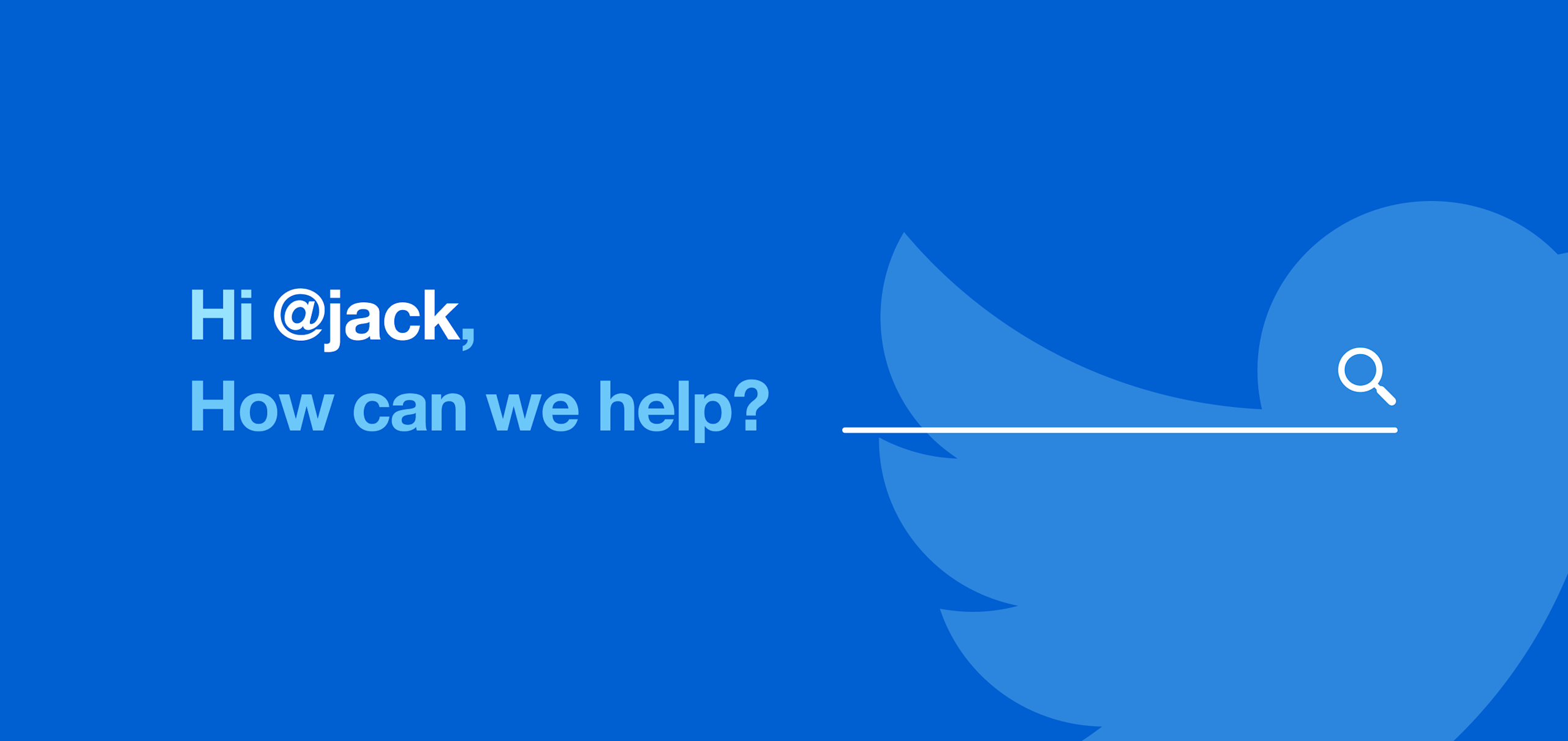
Modernizing Twitter’sHelp Center
Empowering People to Better Understand Twitter
Twitter’s Help Center is visited by 10’s of millions of people each week, looking for help using Twitter. In an effort to modernize and improve the accessibility of help content for a global audience, Twitter reached out to Green Stone to redesign their website. Many Twitter users were left searching for alternate sources for help when they couldn’t find it on Twitter. Our challenge was to help them find the answers they needed on Twitter and position Twitter the authority for help content.
Support.Twitter.com is live and people are finding what they're looking for faster. Overall pageviews have decreased while sessions have remained consistent - a great indicator that the new taxonomy is working.